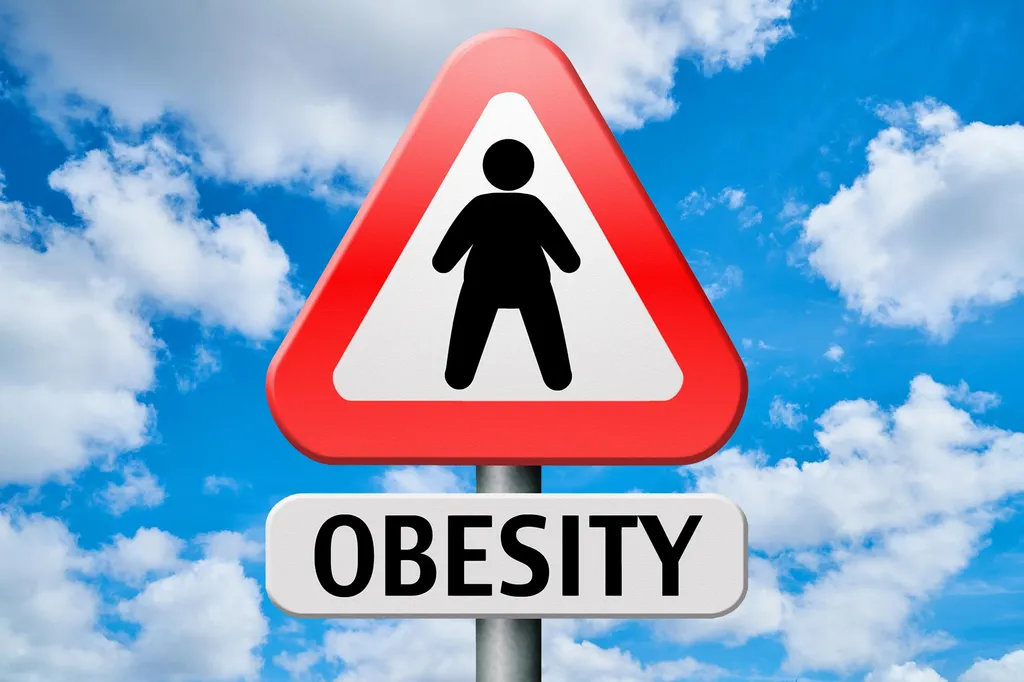
Les taux de surpoids et d’obésité ont atteint des proportions épidémiques dans toute l’Europe et continuent d’augmenter, selon le nouveau Rapport régional européen sur l’obésité 2022 de l’OMS.
Le nouveau Rapport régional de l’OMS sur l’obésité en Europe 2022, qui sera publié aujourd’hui (3 mai 2022) par le Bureau régional de l’OMS pour l’Europe, révèle que les taux de surpoids et d’obésité ont atteint des proportions épidémiques dans toute la Région et continuent de s’étendre, aucun des 53 États membres de la Région n’étant actuellement en passe d’atteindre l’objectif mondial de l’OMS relatif aux maladies non transmissibles (MNT) consistant à stopper la progression de l’obésité d’ici 2025.
Nouvelles données sur l’obésité et le surpoids
Le rapport, qui sera lancé lors d’un événement de presse le 3 mai et présenté au Congrès européen sur l’obésité qui se tient cette semaine à Maastricht, aux Pays-Bas, révèle que dans la Région européenne, 59% des adultes et près d’un enfant sur trois (29% des garçons et 27% des filles) sont en surpoids ou vivent avec l’obésité. À l’exception des Amériques, la prévalence de l’obésité chez les adultes dans la Région européenne est plus élevée que dans toute autre région de l’OMS.
Le surpoids et l’obésité figurent parmi les principales causes de décès et d’invalidité dans la Région européenne, les estimations actuelles indiquant qu’ils sont responsables de plus de 1,2 million de décès par an, soit plus de 13 % de la mortalité globale dans la Région.
L’obésité augmente le risque de nombreuses maladies non transmissibles, notamment les cancers, les maladies cardiovasculaires, le diabète sucré de type 2 et les maladies respiratoires chroniques. Par exemple, l’obésité est considérée comme une cause d’au moins 13 types de cancer différents et est susceptible d’être directement responsable d’au moins 200 000 nouveaux cas de cancer par an dans la Région, ce chiffre devant encore augmenter dans les années à venir. Le surpoids et l’obésité sont également le principal facteur de risque d’invalidité, causant 7 % du nombre total d’années vécues avec une invalidité dans la région.
Les personnes en surpoids et celles vivant avec l’obésité ont été touchées de manière disproportionnée par les conséquences de la COVID-19 pandemic. There have been unfavorable shifts in food consumption and physical activity patterns during the pandemic that will have effects on population health in the years ahead, and will need significant effort to reverse.

Unfavorable shifts in food consumption and physical activity patterns during the COVID-19 pandemic will have effects on population health in the years ahead, and will need significant effort to reverse.
Obesity in Europe: an ongoing “epidemic”
To address the growing epidemic, the report recommends a suite of interventions and policy options that Member States can consider to prevent and tackle obesity in the Region, with an emphasis on building back better after the COVID-19 pandemic.
“Obesity knows no borders. In the Europe and Central Asia regions, no single country is going to meet the WHO Global NCD target of halting the rise of obesity,” said Dr. Hans Henri P. Kluge, WHO Regional Director for Europe. “The countries in our Region are incredibly diverse, but everyone is challenged to some degree. By creating environments that are more enabling, promoting investment and innovation in health, and developing strong and resilient health systems, we can change the trajectory of obesity in the Region.”
Obesity is a disease – not only a risk factor
Obesity is a complex disease that presents a risk to health. Its causes are much more complex than the mere combination of an unhealthy diet and physical inactivity. This report presents the latest evidence, highlighting how vulnerability to unhealthy body weight in early life can affect a person’s tendency to develop obesity.
Environmental factors unique to living in modern Europe’s highly digitalized societies are also drivers of obesity. The report explores, for example, how the digital marketing of unhealthy food products to children, and the proliferation of sedentary online gaming, contribute to the rising tide of overweight and obesity in the European Region. However, it also looks at how digital platforms might also provide opportunities for the promotion and discussion of health and well-being.
Policy measures: what can countries do?
Addressing obesity is critical to achieving the Sustainable Development Goals and is a priority echoed in WHO’s European Programme of Work 2020–2025.
The new WHO report outlines how policy interventions that target environmental and commercial determinants of poor diet at the entire population level are likely to be most effective at reversing the obesity epidemic, addressing dietary inequalities, and achieving environmentally sustainable food systems.
Obesity is complex, with multifaceted determinants and health consequences, which means that no single intervention can halt the rise of the growing epidemic.
Any national policies aiming to address the issues of overweight and obesity must have high-level political commitment behind them. They should also be comprehensive, reaching individuals across the life course and targeting inequalities. Efforts to prevent obesity need to consider the wider determinants of the disease, and policy options should move away from approaches that focus on individuals and address the structural drivers of obesity.
The WHO report highlights a few specific policies that show promise in reducing levels of obesity and overweight:
- the implementation of fiscal interventions (such as taxation on sugar-sweetened beverages or subsidies for healthy foods);
- restrictions on the marketing of unhealthy foods to children;
- improvement of access to obesity and overweight management services in primary health care, as part of universal health coverage;
- efforts to improve diet and physical activity across the life course, including preconception and pregnancy care, promotion of breastfeeding, school-based interventions, and interventions to create environments that improve the accessibility and affordability of healthy foods and opportunities for physical activity.



